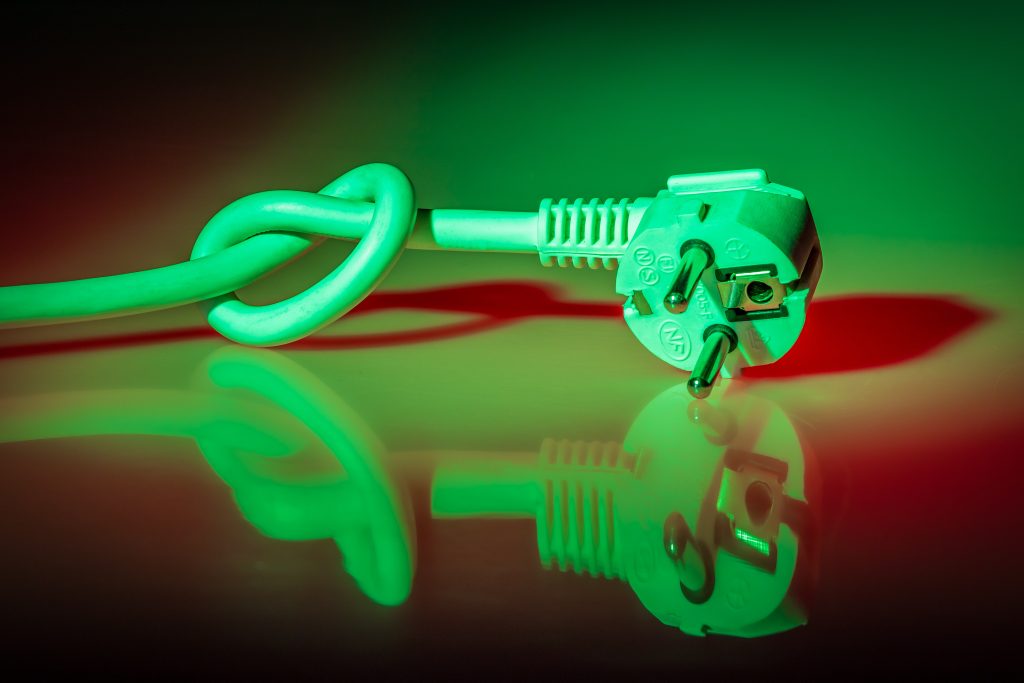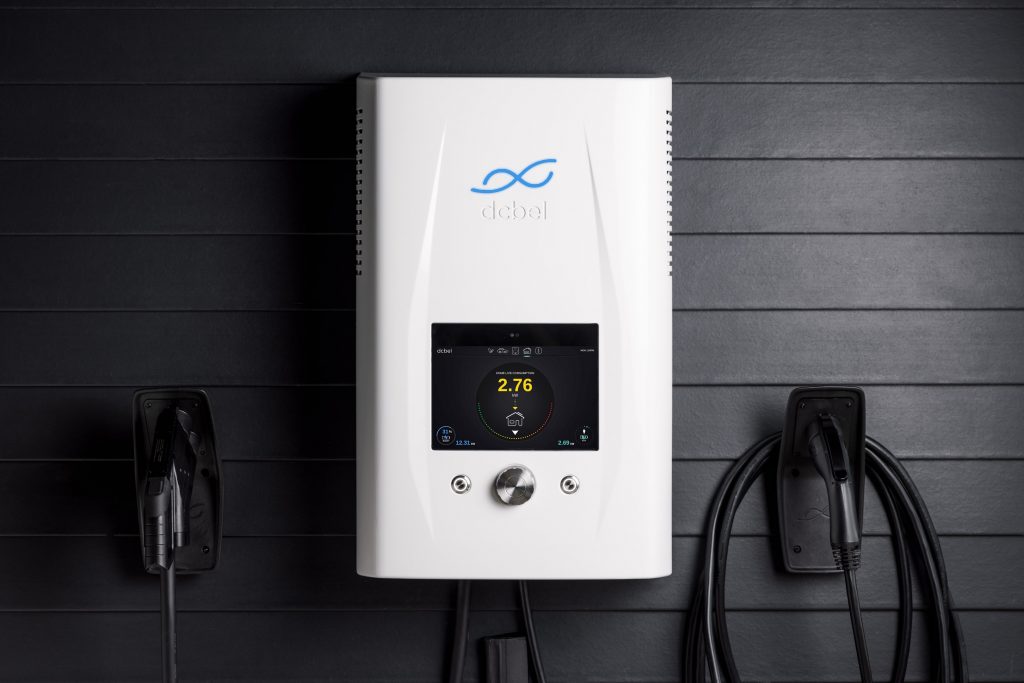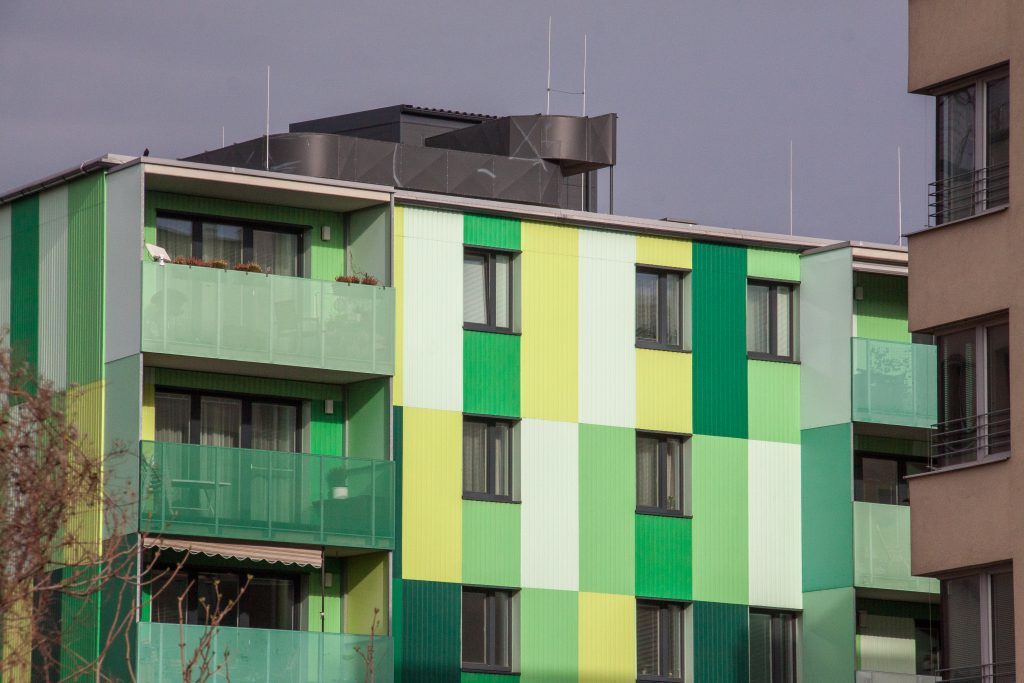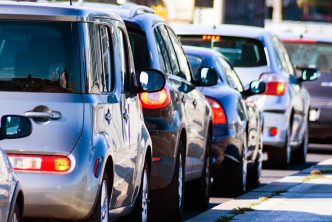The e-car booms. But many potential buyers are skeptical. You may ask yourself: How do I charge my car? What is the legal position on this? We have the answers.
The The e-car is catching on: At the beginning of 2023, there were already 110,000 electric cars in Austria. The network of charging stations is also growing. Nearly 15,000 public charging points were available
for electric cars at the beginning of the year (Source: BEO).
But charging at such public sockets is often a hassle: different operators, opaque tariffs and a lack of standardization still
deter. Günther Kerle, spokesman for the Austrian automotive importers delivers
a scathing verdict: anyone who can’t charge their car in the company or at home
would be advised not to buy an all-electric vehicle,
he told APA.
But the option to charge your e-car at home is not without its pitfalls. The prerequisite is the right charging infrastructure. Theoretically, an electric car can also be charged at a normal household socket (SchuKo plug). But it takes a long time. This is due to the fact that such household plugs, and also the wiring behind them, are not intended for the delivery of high power and certainly not for a long time. They heat up over time and in extreme cases there is even a risk of fire. As a rule, such circuits are fused with a 16-amp fuse. The maximum available charging power is calculated from the product of the mains voltage of 230 V and the highest permissible current, in this case 16 Amprére. This results in around 3600 watts or 3.6 kilowatts of maximum charging power

Household plugs are only good for “emergency charging”.
If you charge an electric car via such a plug, the manufacturers of the vehicles call it “emergency charging”. To make sure the house doesn’t get torched in the process, they reduce the charging current again to 10 amps and only charge at 2.3 KW – which is about twice the power of a hair dryer. Accordingly, it takes a long time until the power storage is full. Depending on the type of vehicle, this can take 24 hours or more.
But as the charging time increases, so do the charging losses. In September 2022, ADAC measured in a test how inefficient charging at a household socket is. Measurements show that up to 25 percent of the energy is lost in the process. And it’s also a very bad idea to hang an extension cord out the window for this procedure. The longer the supply line, the poorer the plug contacts, the more the flowing current is opposed by a resistance. Losses occur which are converted into heat. The risk of fire increases dramatically.
The better way is to rely on a so-called wallbox: essentially a special wall-mounted socket with angled charging electronics. It is installed by a licensed electrician and guarantees safe
and efficient charging of the e-car. Such wallboxes usually use a
400 volt power connection and can provide 11 kW and more. It is worth
to build up a few power reserves and if possible choose a stronger
box. The next car is coming for sure and will then probably also be equipped with
higher charging currents. The question of the cost of construction is not so easy to answer. They also depend, above all, on the local
conditions. As a guide, 600 euros for the box can be considered,
plus the cost of installation.

The installation of a wallbox needs consent of roommates – sometimes
The problem with such wallboxes is that if you want to install them in apartment buildings, you need the consent of the co-owners. In the execution there is
the possibility of a stand-alone solution, in which the wallbox is assigned to a single
apartment owner. He bears the costs for the installation and
also for maintenance. For the electricity supply, the metering point of the apartment is
tapped. If this is not possible from a constructional point of view, you can alternatively set up
a new metering point.
The second option is to get the residents of the house excited about a community facility. Such a system can also be easily expanded later without further resolutions of the house community. In such a solution, special wallboxes can ensure an even supply to all vehicles by load distribution even in the case of a weakening house network and prevent overloading. Ultimately, this also saves money, because the capacity of the house connection does not have to be increased, which also keeps the network charges low. In any case, you should talk to the network operator during the planning stage and have the house installation checked by a specialist electrical company.
Die neue Zustimmungsfiktion macht die Errichtung einfacher
Rechtlich gesehen gibt es in Österreich bereits seit Beginn des Jahres 2022 einige Vereinfachungen. Seitdem existiert die sogenannte „Zustimmungsfiktion“: Wer eine Wallbox installieren möchte, braucht die Zustimmung der anderen Wohnungseigentümer nicht mehr aktiv einzuholen. Stattdessen müssen diese bei einem Einwand gegen das Vorhaben schriftlich ablehnen. Vorrausetzung für die Zustimmungsfiktion ist, dass alle anderen Wohnungseigentümer über die geplante Änderung ordnungsgemäß und nachweislich schriftlich verständigt wurden und niemand binnen zwei Monate dagegen schriftlich widerspricht
Das gilt allerdings nur bei Errichtung einer sogenannten „langsamen“Ladestation. Was das genau ist, darüber herrscht derzeit noch Unklarheit. In der Regel versteht man darunter Einzelladestation, die 1-phasig max. 3,7 kW oder mit Starkstrom (400 Volt) max. 5,5 kW bieten. Ladepunkte mit 11 kW oder mehr gehören laut aktuellen Gerichtsurteilen in jedem Fall nicht mehr dazu.
Bei solchen Anlagen müssen dann in jedem Fall alle Eigentümer aktiv
zustimmen. Tun sie das nicht, dann bleibt dem Wohnungseigentümer noch die Möglichkeit, beim zuständigen Bezirksgericht zu beantragen, dass diese Zustimmung im Außerstreitverfahren ersetzt wird. Dies gilt auch für den Fall,
dass es gegen die Errichtung einer kleineren Anlage Einsprüche gibt und die Zustimmungsfiktion nicht greift.
Um eine Gemeinschaftsanlage zu erstellen, genügt es, wenn eine einfache Mehrheit aller Wohnungseigentümer bzw. Miteigentumsanteile zustimmt. Nach der WEG-Novelle 2022 gibt es aber nun auch die Option, dass sich eine Mehrheit von zwei Dritteln der abgegebenen Stimmen, die zumindest ein Drittel aller Miteigentumsanteile ausmachen, für die Installation aussprechen.







